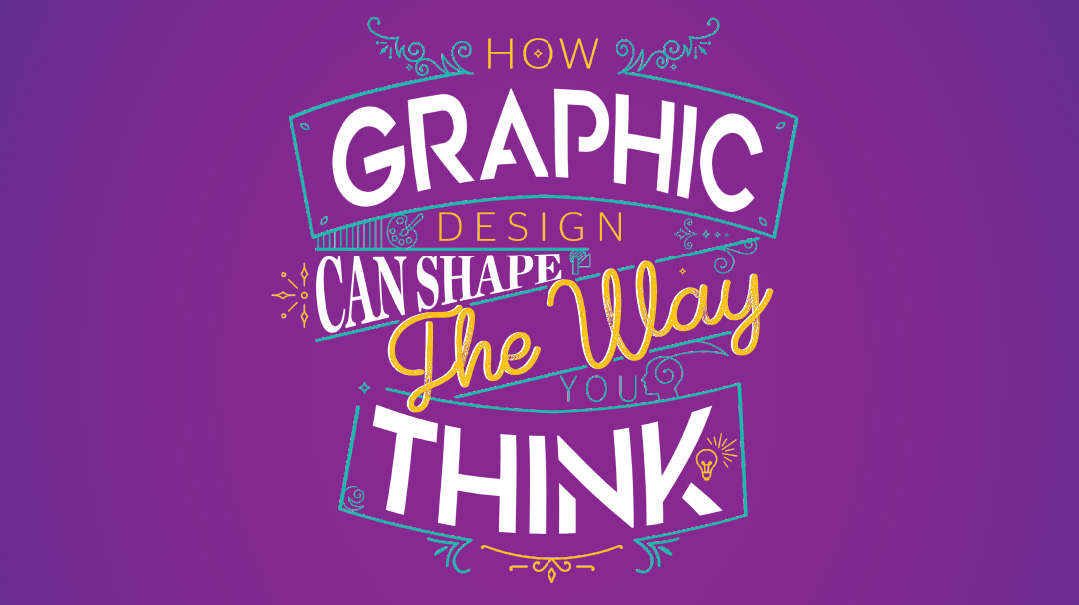What You See

How graphic design can shape the way you think

When my seminary teacher learned I was pursuing a career in graphic design, she took to starting conversations by asking me, “So how are things going in the olam hasheker?”
Like many consumers, she harbored a suspicious view of anything related to marketing, as if every ad I made was going to slip its papery hands into her wallet and filch some bills. Graphic designers should take that accusation as a compliment, an acknowledgement of the enormous power of visual communication.
Because graphic design, in essence, is communication, adding a visual component to amplify a message.
But everyone knows the famous adage, “A picture is worth 1,000 words.” Visual communication can be far more powerful than simple words, especially in the hands of an expert.
Art at Work
People often think of graphic design as art, as in, “I’m creative and love to draw so my friends think I should go into graphic design.” But in fact, effective design is more of a science. Mastering the theories of design allows designers to tap into a deep understanding of human nature to engage effectively with consumers.
While creativity and a strong aesthetic sense are important, what sets graphic design apart from fine art is its functionality, and its ability to sell products, solicit donations, or raise awareness. “Strategy first, execution second,” says Meny Hoffman, CEO of the Ptex Group, a Brooklyn-based marketing agency. “A well-conceived ad begins with an objective, which designers then communicate through a wide variety of techniques.”
While the principles of good design and the basics of human psychology are pretty much what they always were, an effective designer is also aware that audiences differ and tastes vary. Unlike the immutable laws of the hard sciences, people change, styles come and go, and what definitely worked in magazines in the ’90s may no longer be true in the web-savvy 2020s. So yeah, it’s an art too, not just science.
Oops! We could not locate your form.













